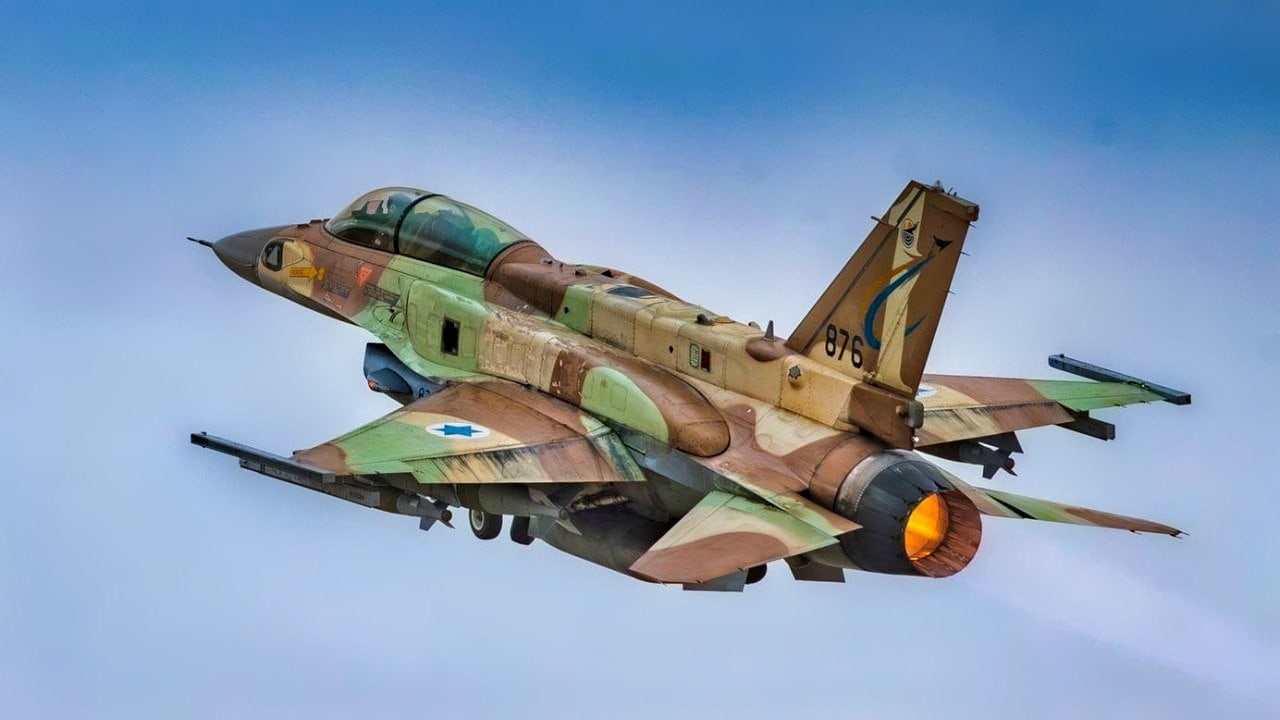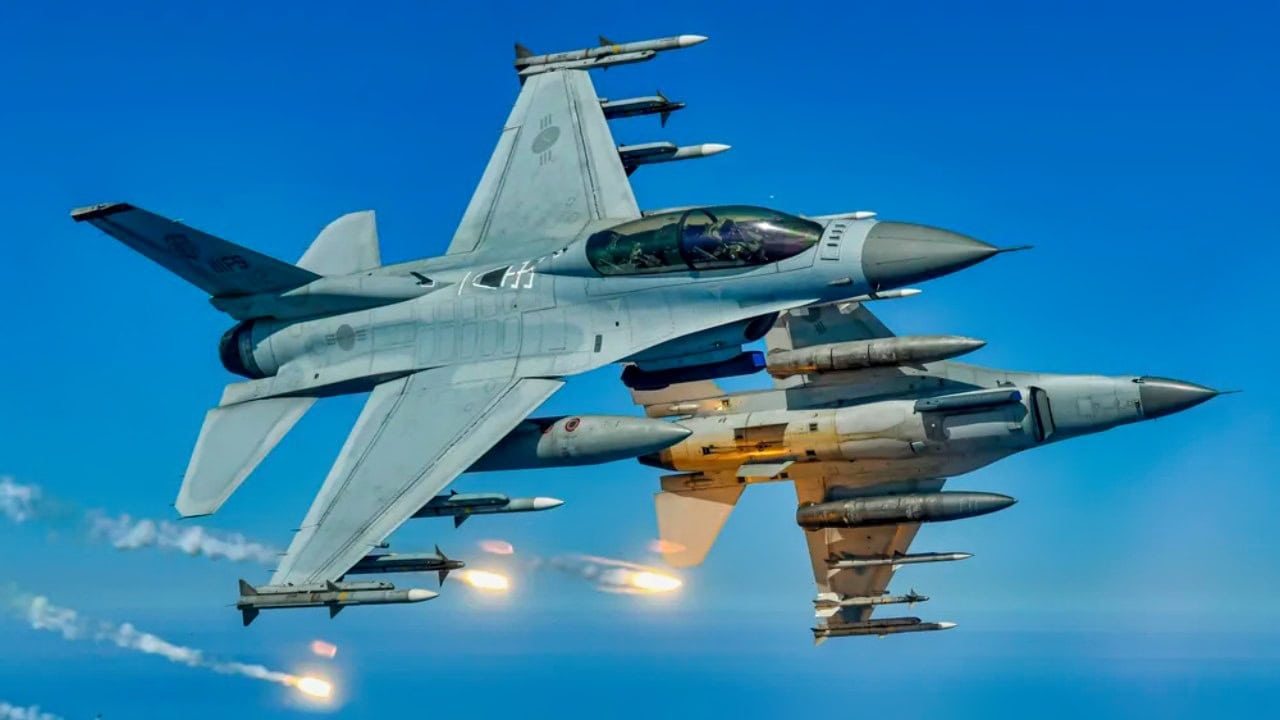Introduction: F-16 – A Fighter Born from Necessity
The U.S. Air Force had a problem with no easy fix.
In the aftermath of the Vietnam War, the United States Air Force faced a crucial realization: its existing fleet of fighter jets had limitations in agility, versatility, and cost-effectiveness. The need for a lighter, more maneuverable, and economically viable fighter aircraft became clear. Out of this necessity emerged the General Dynamics F-16 Fighting Falcon, one of the most successful and widely used fighter aircraft ever developed.
Lessons from Vietnam
The Vietnam War highlighted severe weaknesses in America’s existing combat aviation strategy. Aircraft such as the F-4 Phantom II were fast and powerful but suffered in dogfights against lighter and more agile enemy aircraft like the Soviet MiG-21.
Moreover, the F-4 was expensive, complex, and initially lacked an internal gun, a costly oversight in air combat where missiles often failed or proved inadequate.
This experience compelled the Air Force to reevaluate its fighter procurement strategy, placing renewed emphasis on close-combat maneuverability, ease of maintenance, and cost-effectiveness. The concept of “Energy-Maneuverability,” introduced by Air Force Colonel John Boyd, became a critical element in this transformation. Boyd’s theories stressed maintaining energy to maneuver aggressively, influencing fighter jet designs profoundly.
Lightweight Fighter Competition (LWF)
In response to these insights, the U.S. Air Force launched the Lightweight Fighter Competition in the early 1970s. The goal was straightforward but ambitious: to develop a high-performance yet economical jet fighter capable of air superiority, ground attack, and reconnaissance missions.
Among the competitors, General Dynamics’ YF-16 and Northrop’s YF-17 emerged as front runners.
The YF-16 impressed evaluators with its revolutionary fly-by-wire control system, superior maneuverability, and cost efficiency. The YF-17, while equally impressive, eventually found its destiny with the Navy as the basis for the F/A-18 Hornet. Ultimately, the Air Force selected the YF-16 in January 1975, officially naming it the F-16 Fighting Falcon.
Why the Air Force Wanted the F-16
Several key factors made the F-16 appealing to Air Force planners. First, its versatility: the F-16 was designed to perform numerous roles from air-to-air combat to ground attack missions, reducing the logistical and maintenance complexities associated with operating multiple specialized aircraft types.
Second, its cost-effectiveness: the F-16 was notably less expensive to produce, operate, and maintain compared to other contemporary fighters such as the F-15 Eagle. This affordability meant that the Air Force could procure and field larger numbers, improving its operational flexibility and force readiness.
Third, the innovative design incorporating advanced avionics and fly-by-wire controls significantly enhanced maneuverability and pilot performance. The fly-by-wire system allowed pilots to perform aggressive maneuvers safely, automatically stabilizing the aircraft.
These technological advancements positioned the F-16 as a formidable fighter capable of outmaneuvering opponents in aerial engagements.
Global Impact and Adoption
Beyond serving U.S. interests, the F-16 rapidly gained international popularity, becoming a backbone aircraft for NATO allies and partners worldwide. Its relatively affordable cost and versatility attracted widespread adoption. Today, more than two dozen countries operate the F-16, with notable operators including Israel, South Korea, Turkey, and many European nations.
This international presence has led to significant collaborations and upgrades over the decades, enhancing interoperability among allies and extending the aircraft’s service life.
For instance, Lockheed Martin continues upgrading the aircraft, integrating advanced radar systems, avionics, and weapon systems, ensuring the F-16 remains relevant even as fifth-generation fighters enter service.
Operational Legacy and Continued Relevance
The F-16 Fighting Falcon has proven its worth across multiple conflicts, from the Gulf War to Afghanistan and beyond. Its combat record is impressive, demonstrating reliability and effectiveness in diverse mission scenarios. The aircraft’s continued evolution through block upgrades has allowed the F-16 to remain a front-line fighter for over four decades.
Even today, the Air Force continues utilizing F-16s in both active and reserve units, underscoring the enduring value and adaptability of the design.

F-16I Sufa from Israel. Image Credit: Creative Commons.
Programs like the F-16V “Viper” upgrade, featuring modern avionics and weapon systems, highlight the continued investment and trust placed in this legendary aircraft.
Conclusion: A Lasting Legacy
The F-16’s origins trace back to critical lessons learned from the Vietnam War and an insightful competition focused on maneuverability, versatility, and affordability. These attributes, matched with technological innovations, cemented its place as one of history’s most effective combat aircraft.
About the Author: Harry J. Kazianis
Harry J. Kazianis (@Grecianformula) is Editor-In-Chief of 19FortyFive and President of Rogue States Project, the think tank arm of the publication. Kazianis recently served as Senior Director of National Security Affairs at the Center for the National Interest. He also served as Executive Editor of its publishing arm, The National Interest. Kazianis has held various roles at The National Interest, including Senior Editor and Managing Editor over the last decade. Harry is a recognized expert on national security issues involving North & South Korea, China, the Asia-Pacific, Europe, and general U.S. foreign policy and national security challenges. Kazianis previously served as part of the foreign policy team for the 2016 presidential campaign of Senator Ted Cruz. Kazianis also managed the foreign policy communications efforts of the Heritage Foundation, served as Editor-In-Chief of the Tokyo-based The Diplomat magazine, Editor of RealClearDefense, and as a WSD-Handa Fellow at the Center for Strategic and International Studies (CSIS): PACNET.

